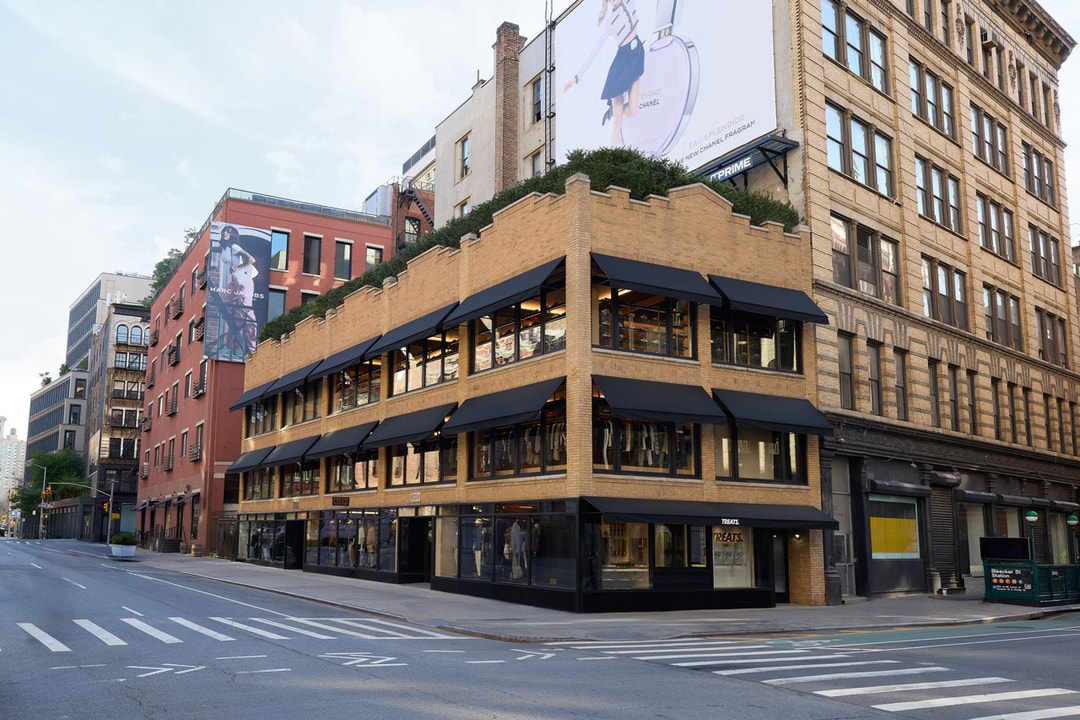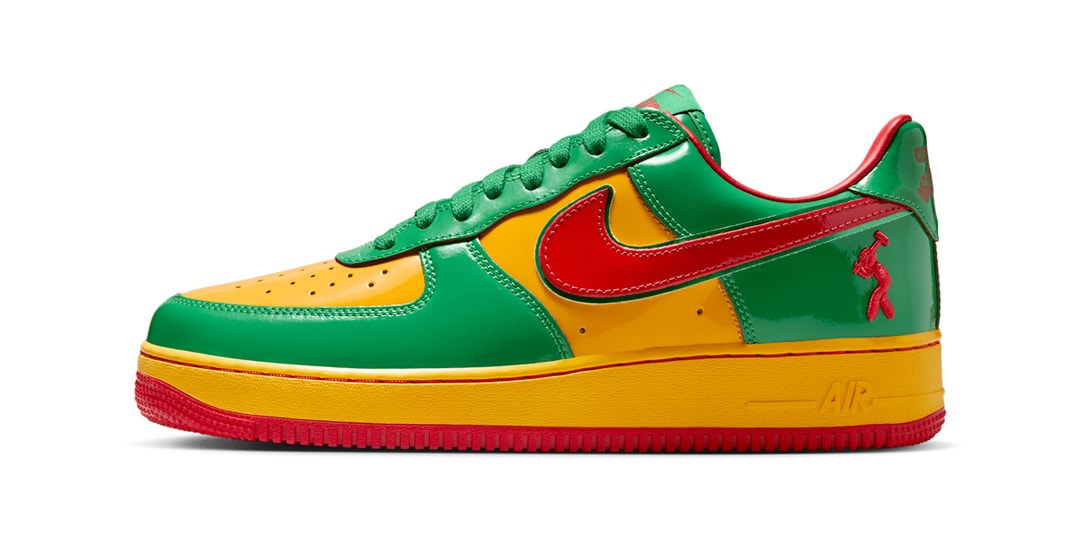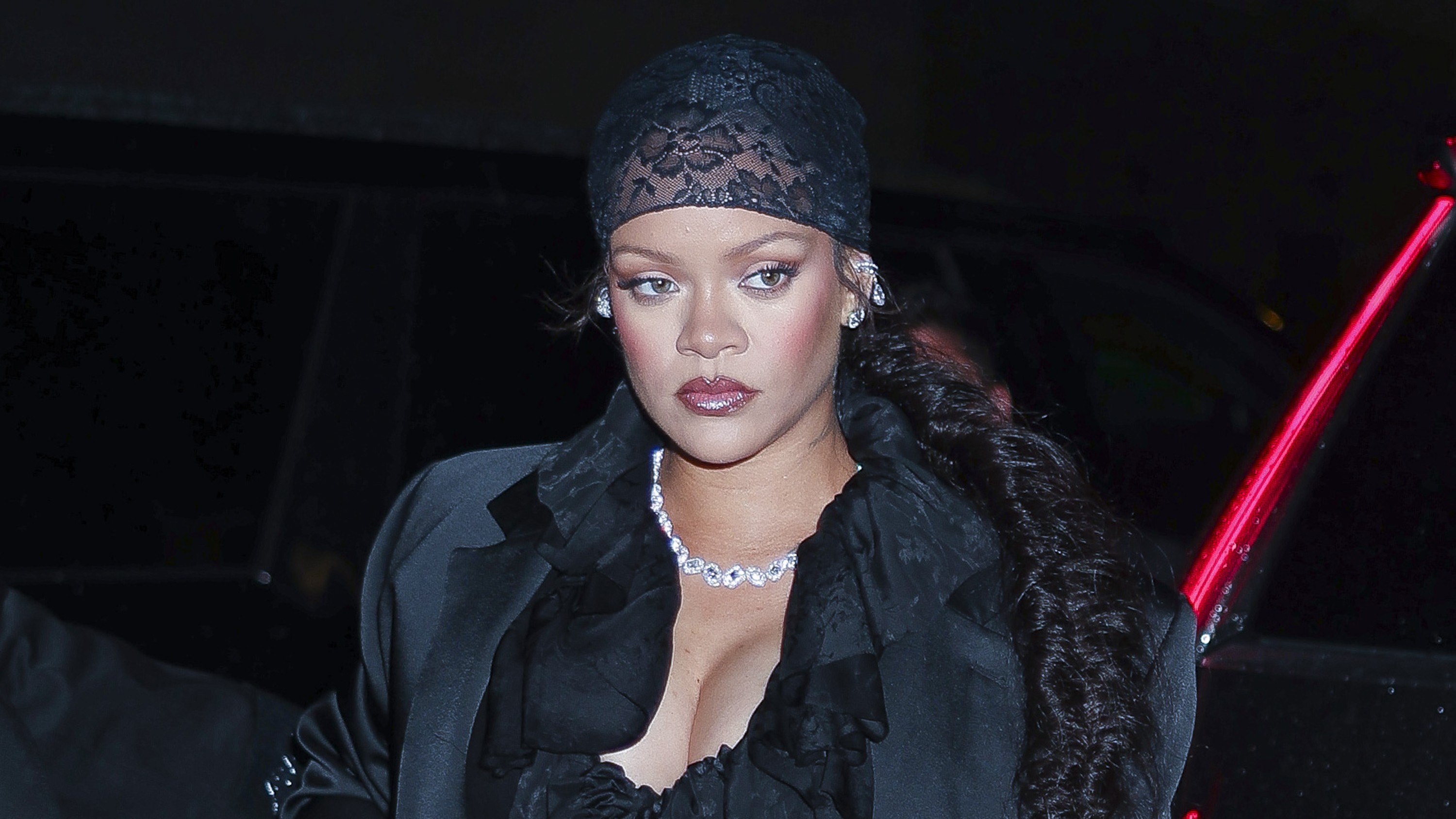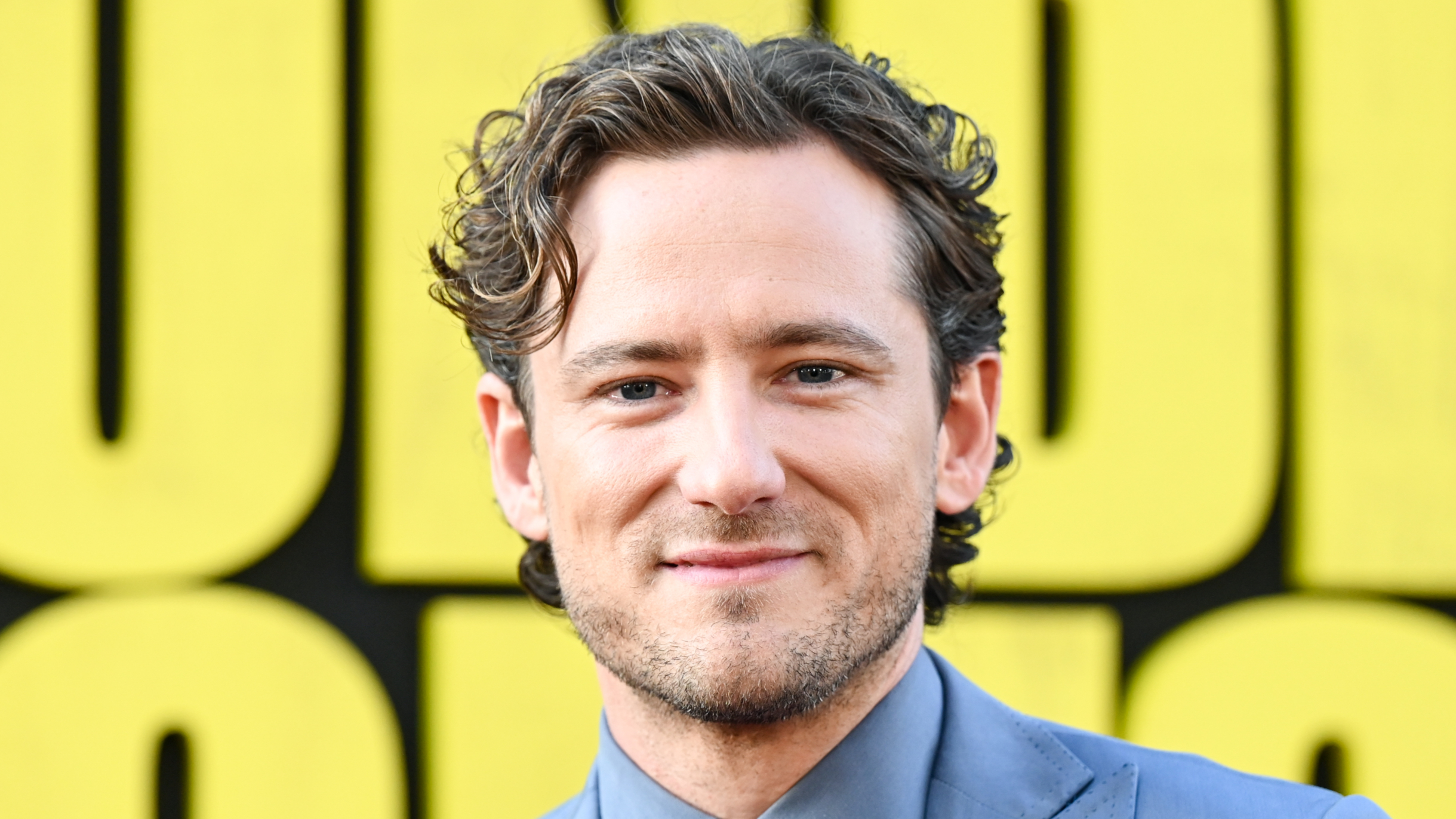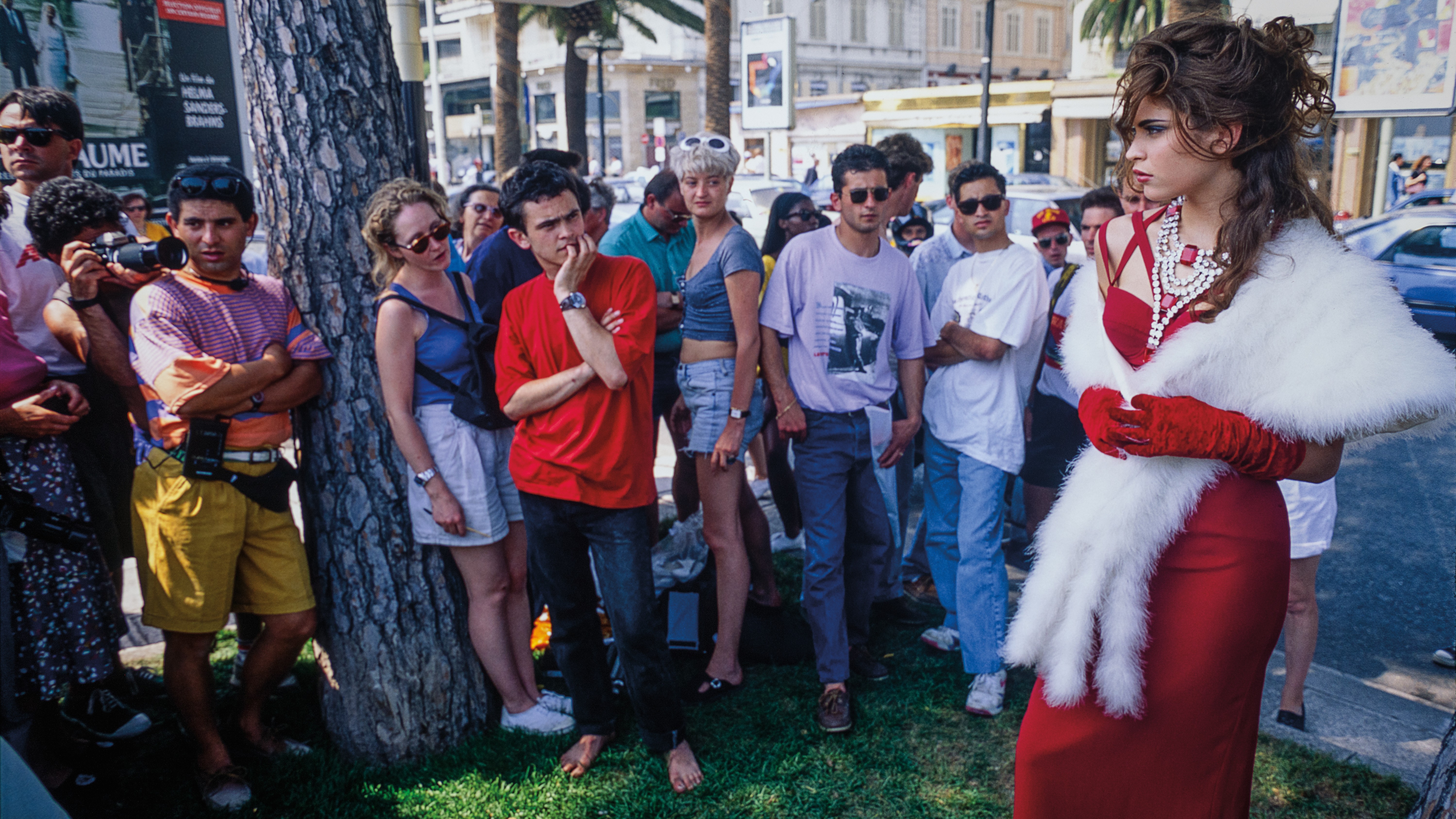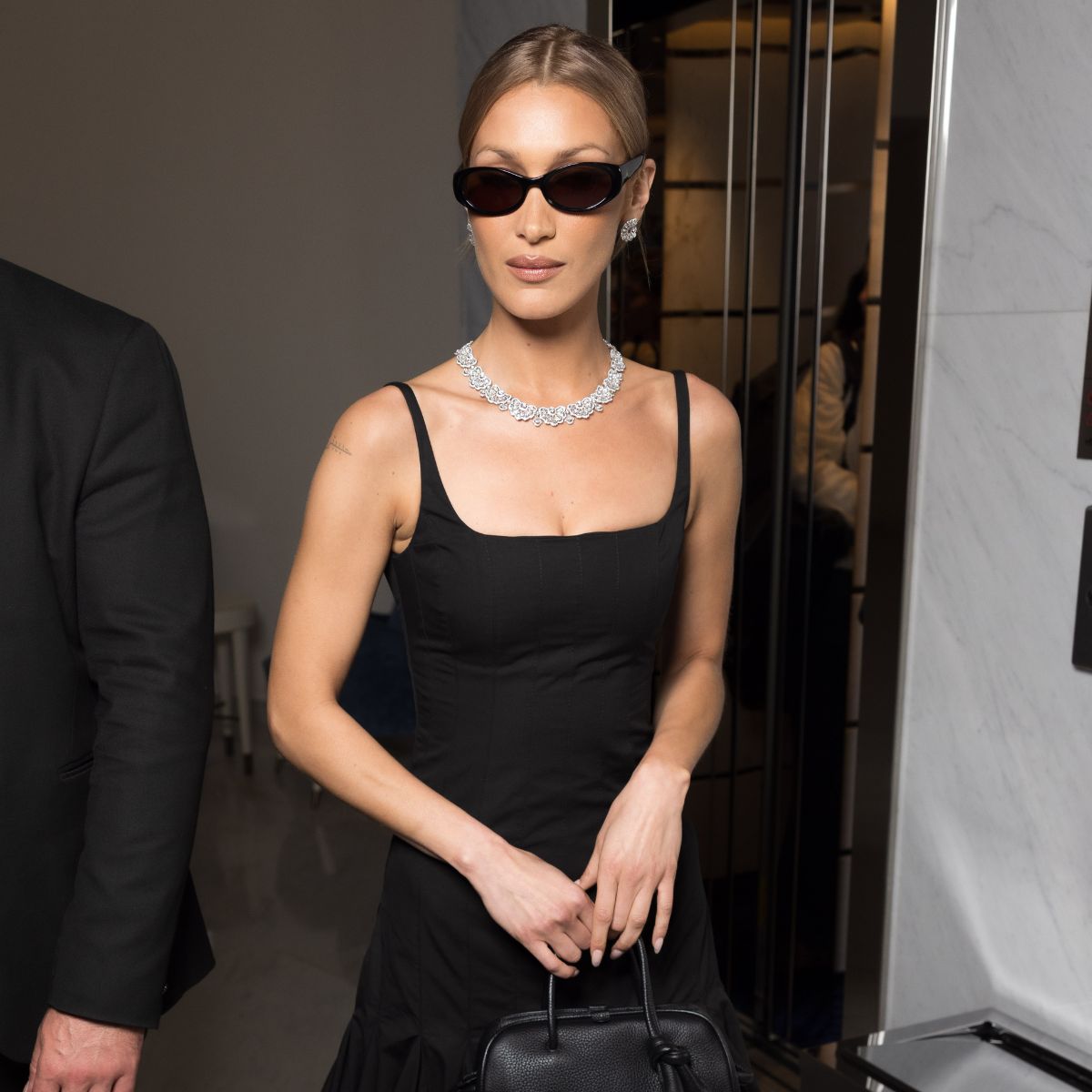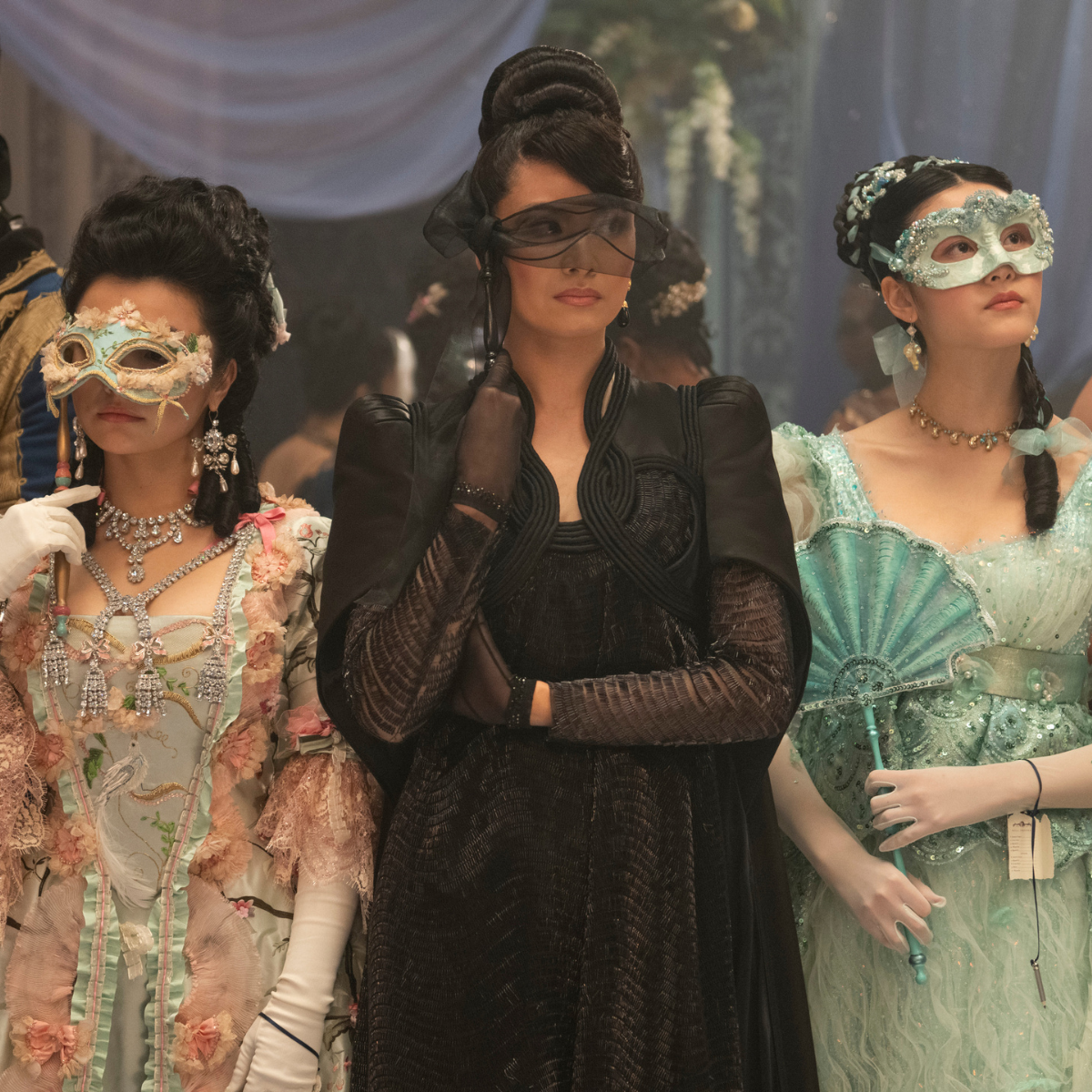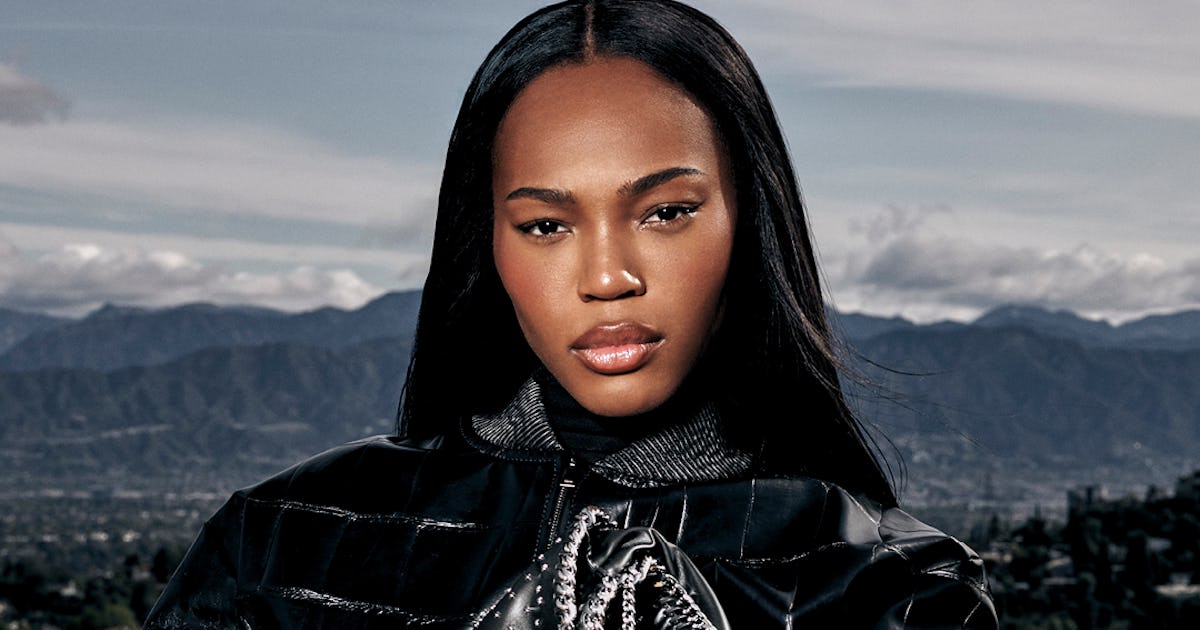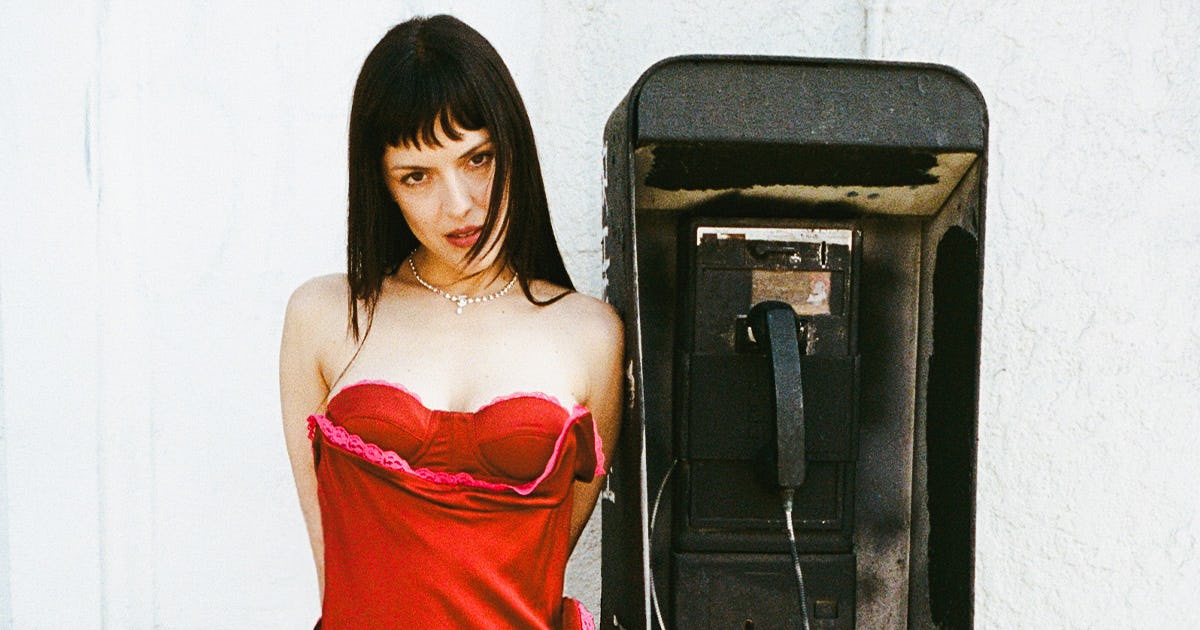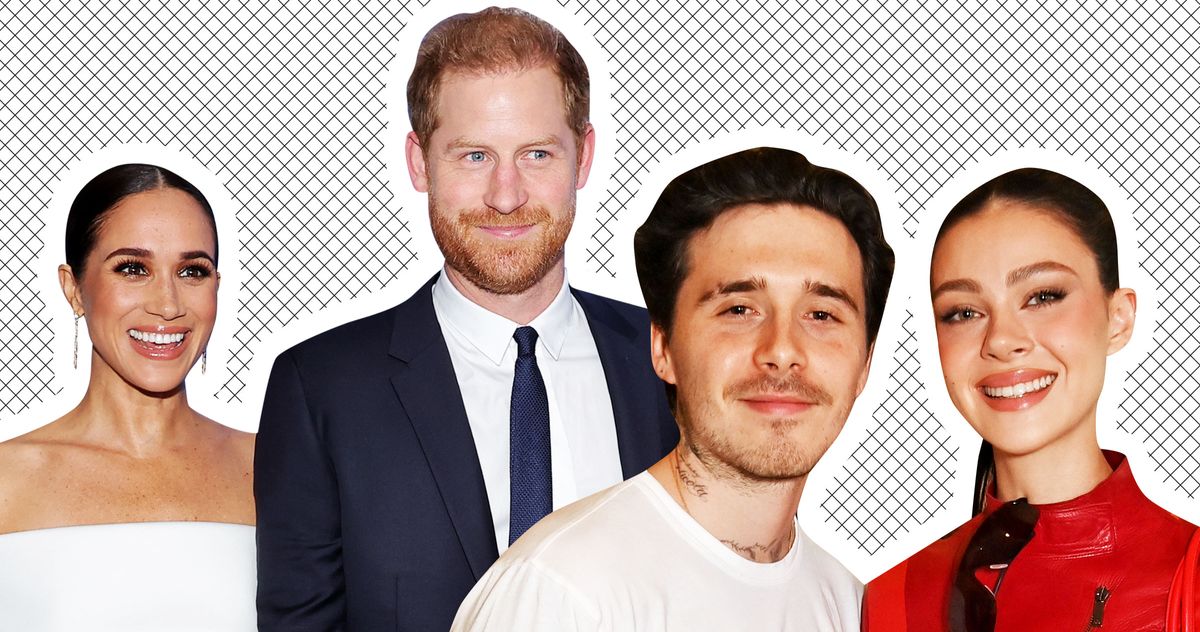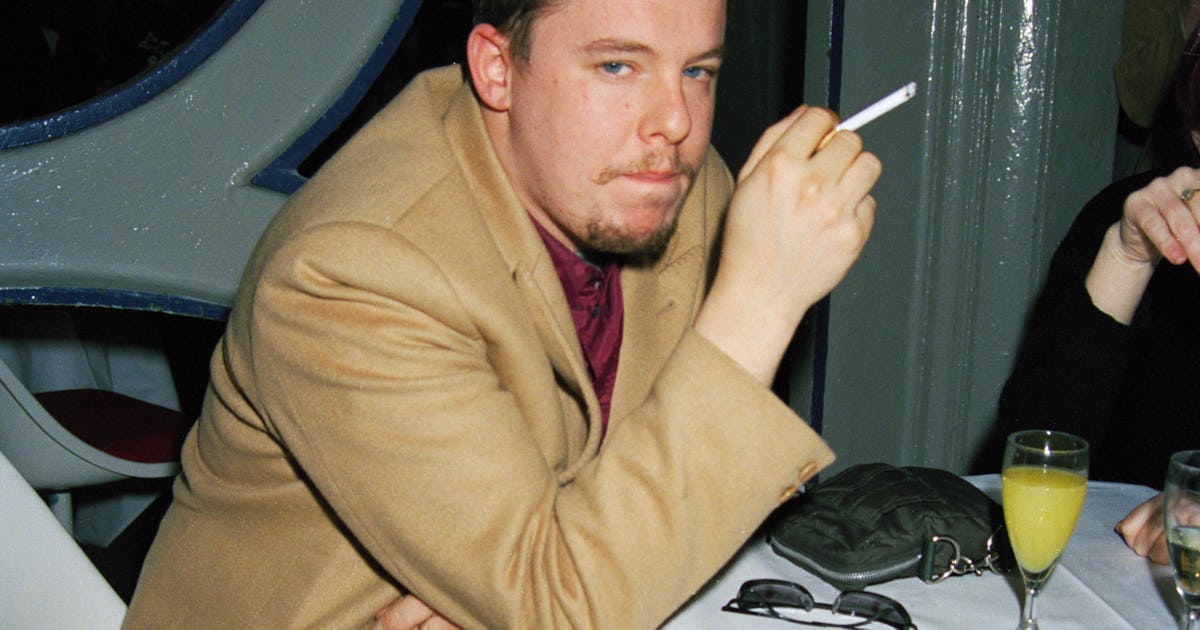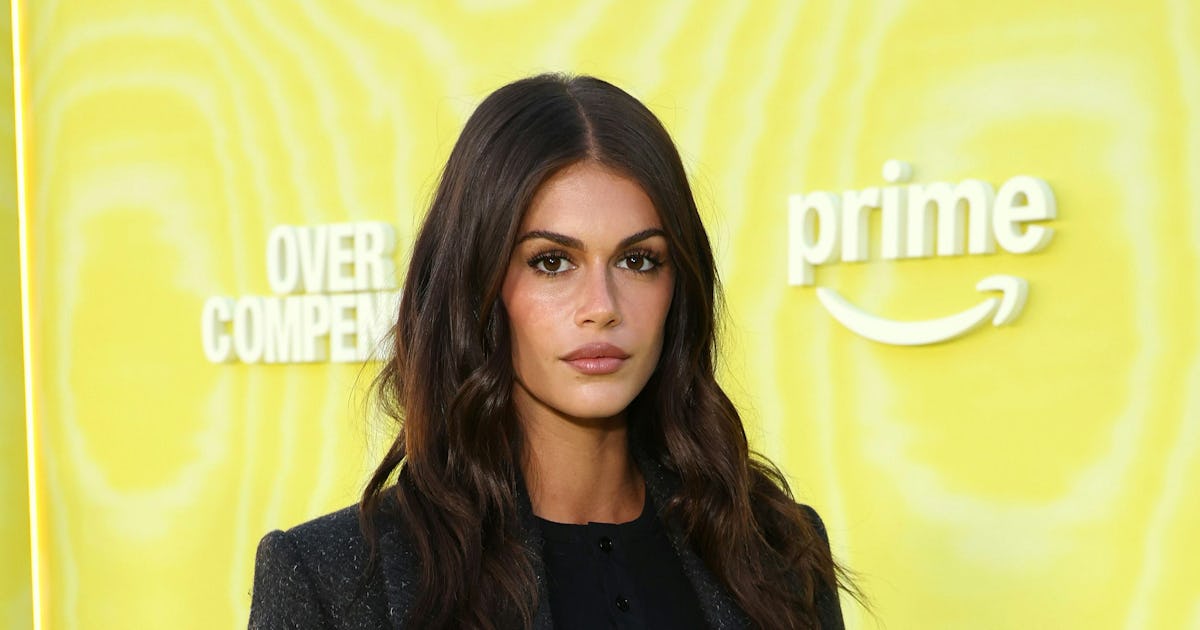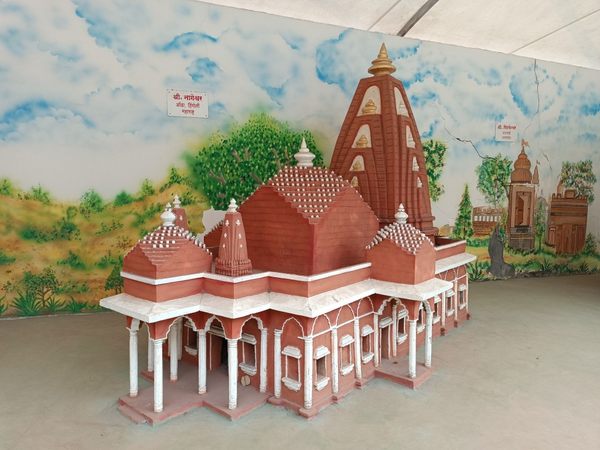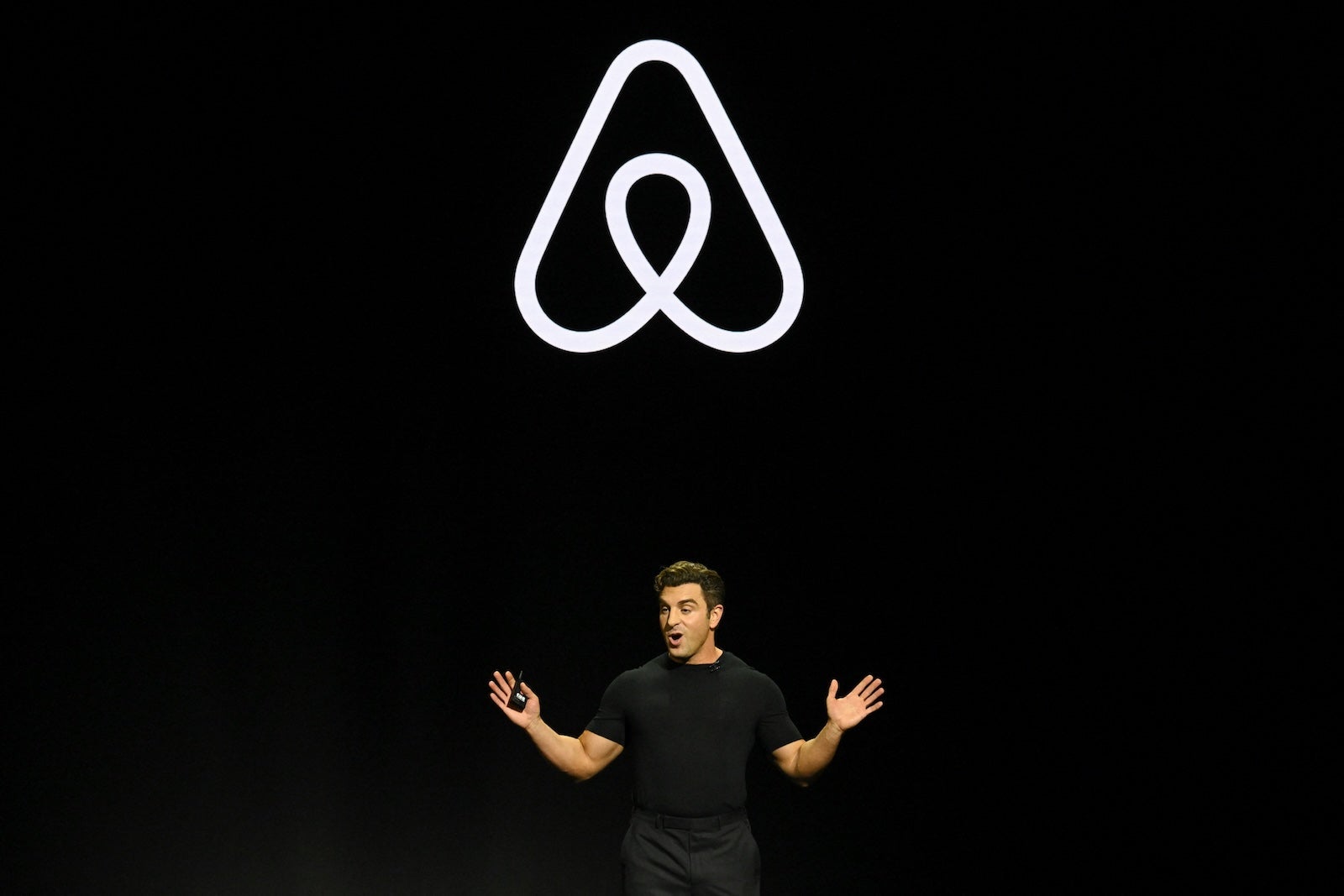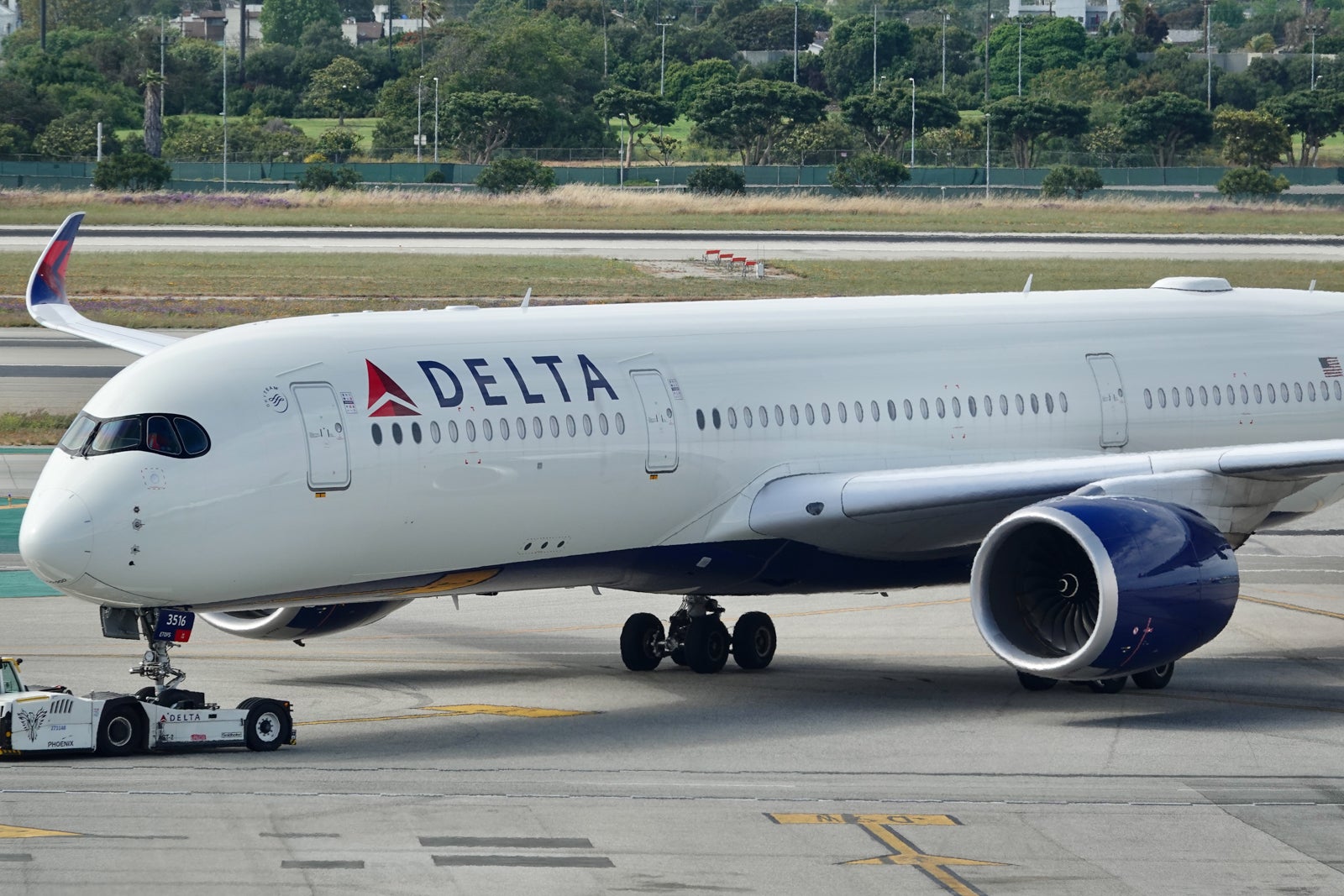Why the Switch 2’s Price Was Never Going to Hamper Its Success
The Switch 2 may cost $449, but a high price tag was never going to get in the way of sales. Nintendo has another hit on its hands thanks to an unbeatable game library and a console design that continues to feel important.


At the start of April, Nintendo’s hugely-anticipated Switch 2 Direct blowout ended on an ominous note. The presentation had been exciting, showing off a variety of cool new features and a wide array of upcoming games, but one significant detail had been left out – the price. It didn’t take long for fans’ fears of a significant price hike to be confirmed. Nintendo later announced on the newly-launched Switch 2 website that the console will cost $449, a $150 increase over the original Switch’s $299 launch price. Anger that Nintendo wasn’t upfront about the price was paired with panic about the implications for the console’s success, particularly after it was announced that Mario Kart World, the Switch 2’s big launch game, will cost $80.
Some Nintendo fans, still bearing the scars of the Wii U generation, immediately defaulted to doomerism, suggesting that the Switch 2’s price would dwindle the number of potential console owners and send the company into another dark age. Afterall, who would pay $450 – pretty much the same cost as a PS5 or Xbox Series X – for a console that’s essentially last-gen tech? Very soon these fears would be quashed, though, as Bloomberg reported that the Switch 2 is on course to be the biggest console launch of all time, with predictions that it could sell 6-8 million units. Such a figure would smash the previous record of 4.5 million, held jointly by the PS4 and PS5. Despite the price, people are clearly desperate for the Switch 2, and looking at the history of video game console launches, this was always going to be the case.
In Nintendo’s biggest failure we can actually see some of the reasons why the Switch 2 is going to thrive. The Virtual Boy, released 20 years ago, was Nintendo’s first and so far only genuine attempt at virtual reality. The science fiction-like concept of VR has always been appealing, and the popularity of the technology today has proven that, but back in 1995 even state of the art VR tech was nowhere near ready for mass consumption. And Nintendo’s Virtual Boy was far from state of the art. The company made many sacrifices to get the device on shelves. The console had to be stood on a table and you had to stoop to peek inside the viewport, inside of which the games were bathed in a bloody red hue. Then there were the various reports of headaches caused by the thing. The tech simply didn’t function how players imagined it would – this was no Star Trek machine that could transport you to different worlds. Unsurprisingly, people didn’t want it.
The Switch 2, despite its high price, is nothing like the Virtual Boy. Instead, it’s best compared to the Wii, which featured motion control technology that worked to a high standard and was a breath of fresh air that people desired. It changed the rules of how games could be played and significantly expanded the gaming population – you were as likely to find a Wii in a retirement home as you were in a kid's bedroom. Thanks to the enduring love of the Wii’s innovations, to this day no Nintendo console is complete without motion controls – they remain the ideal method to tackle games like Pikmin and Metroid Prime.
Building a genuinely desirable console is not an experience exclusive to Nintendo. Sony’s PlayStation 2 had the ability to play DVDs as well as games, which made it a must-have technology in the early 2000s. But when Nintendo gets it right, it really gets it right. The main gimmick of the original Switch – smoothly transitioning between handheld and console modes – worked without hiccups. It changed the way we think about handheld and home consoles, blurring what was once a clear line between the two. It’s an idea that remains incredibly popular today and there are likely very few players who would want Nintendo to abandon that trick. The main complaint about the original Switch (other than Joy-Con drift) was its limited power level, and Nintendo is releasing a product which addresses that with aplomb. And so while the Switch 2 isn’t as revolutionary as its predecessor, it is undeniably something people still want.
It’s not just about desirable hardware, though. While the Wii U, Nintendo’s most recent disaster, was another example of unappealing technology, it more significantly highlights another core factor in failed console launches – a lack of games. Opening the curtains for the Wii U was New Super Mario Bros. U, an iterative entry in a series that had gone decidedly stale. It failed to mix up a formula that Nintendo fans had been bombarded with since the days of the DS – this was the fourth New Super Marios Bros. game in just six years – and so it simply wasn’t good enough to sell systems. The same can be said for other flagship Wii U games, too. Though titles like Donkey Kong Country: Tropical Freeze and Super Mario 3D World have since enjoyed success through their Switch ports, at the time of release they felt dull and limited in their innovations. People wanted a Wii for Wii Sports, a Switch for Zelda: Breath of the Wild, and a DS for Super Mario 64 DS. Unfortunately, the Wii U never had that killer app. This, more than its weird tablet design, was the console’s death sentence.
In direct opposition to the Wii U, the Switch 2 not only inherits what may be Nintendo’s greatest library of games from the previous generation, but also gives players new ways to experience them, whether that be through graphical upgrades or new content. Additionally, the Switch 2’s launch game, Mario Kart World, is not just another Mario Kart game. It completely rips up the formula of the past, replacing it with a Forza Horizon-ish open world design, which gives people a reason to play it over their well-worn copy of Mario Kart 8 Deluxe. Pushing the point further, a month after the Switch 2’s release, Nintendo is launching the first 3D Donkey Kong game since 1999 (which, to add even further excitement, looks a like a Donkey Kong spin on the beloved Super Mario Odyssey.) And then, in 2026, there will be an exclusive FromSoft game that just so happens to look a little bit like Bloodborne. Nintendo has given people multiple reasons to not skip this generation.
Price will, of course, always be a factor in any given person’s decision to buy a console and it would be unreasonable to suggest that the Switch 2 isn’t an expensive luxury, especially when money is so tight globally. However, the Switch 2’s pricing is perfectly in line with what Nintendo’s competitors are charging for their own flagship consoles. The standard, disc-based PS5 matches the Switch 2’s Mario Kart World bundle retail price of $499, and the Xbox Series X is also available in the same ballpark. While it could be argued that the Switch 2’s more modest hardware should put it in a price bracket closer to that of the Xbox Series S (currently $380) we do need to consider Nintendo’s unique offerings - the Switch 2’s value is not entirely rooted in performance.
The prime example of when a console was so expensive it actively damaged its own sales is the PS3. The third generation of PlayStation cost $499 for the 20GB model and $600 for the 60GB version ($790 and $950, adjusted for inflation). Back in 2006 there was no precedent for consoles costing so much and players initially flocked to the cheaper Xbox 360. Here in 2025, while the Switch 2 is certainly expensive, its price is not unprecedented. It’s actually the norm for video game consoles.
Nintendo’s unique place in the games industry boils down to the fact that it makes games that set standards and people will happily pay a premium to play them. However, relevant to the competition, you don’t have to pay a premium to get the Switch 2 – it's perfectly in line with the rest of the industry. It may not have the power of a PS5, but it's still a piece of tech that people want and will be loaded with games people desire. There are limits to what people will pay, and maybe if the price of its games continues to rise Nintendo will hit that ceiling. But for now, Nintendo is just reaching the benchmark already set by the competition. And with over 75 million PlayStation 5 consoles sold so far, that price is clearly something people are willing to pay.
Ryan Gaur is a freelance writer who has worked with the likes of RollingStone, Empire, Polygon, IndieWire, Skwigly, CartoonBrew, OkayPlayer, Animation Mag and more.





























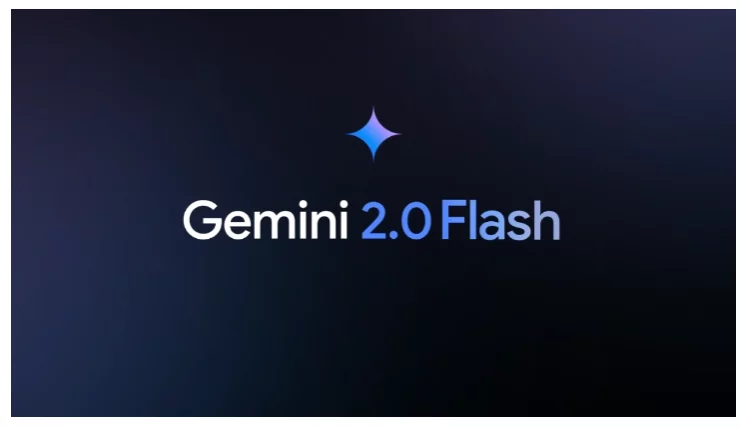




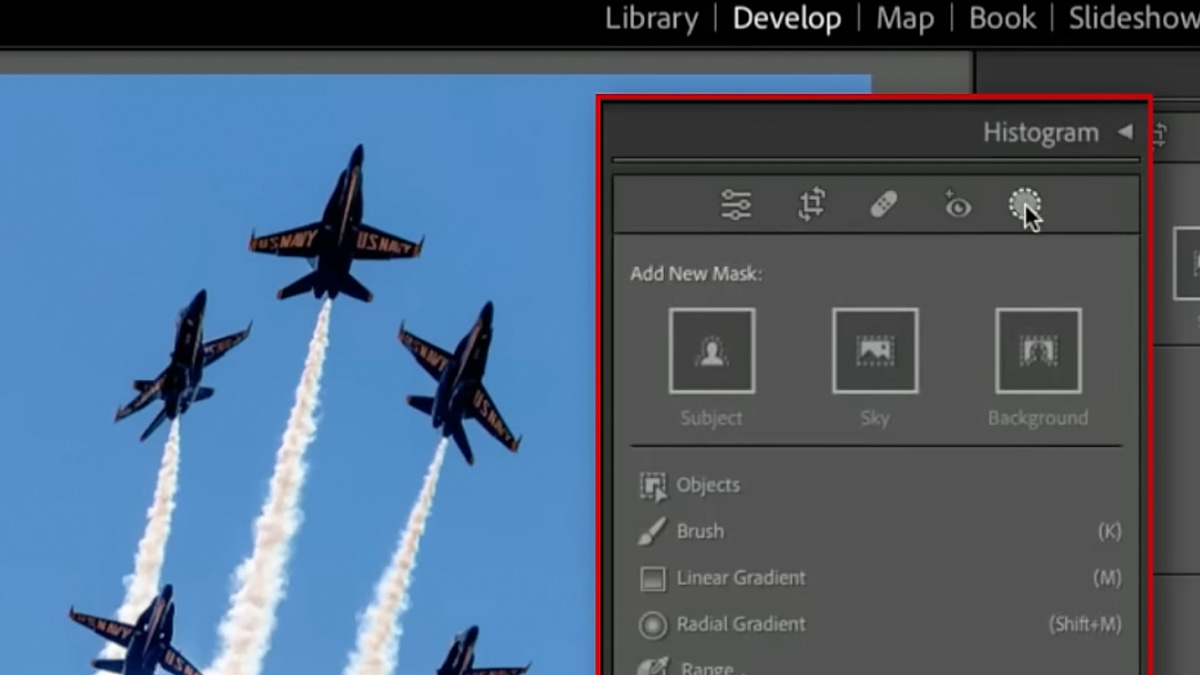


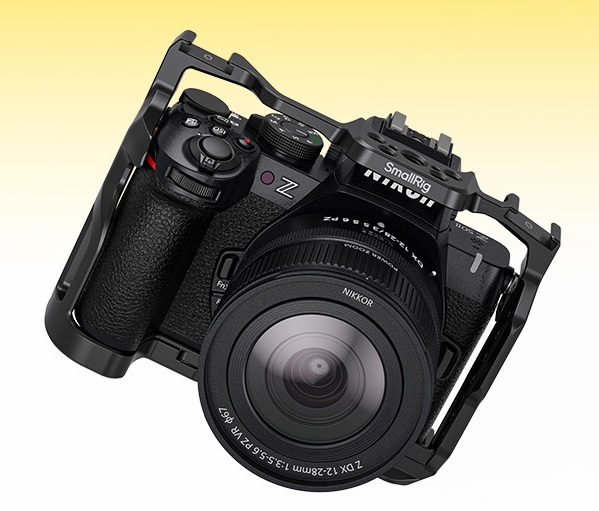

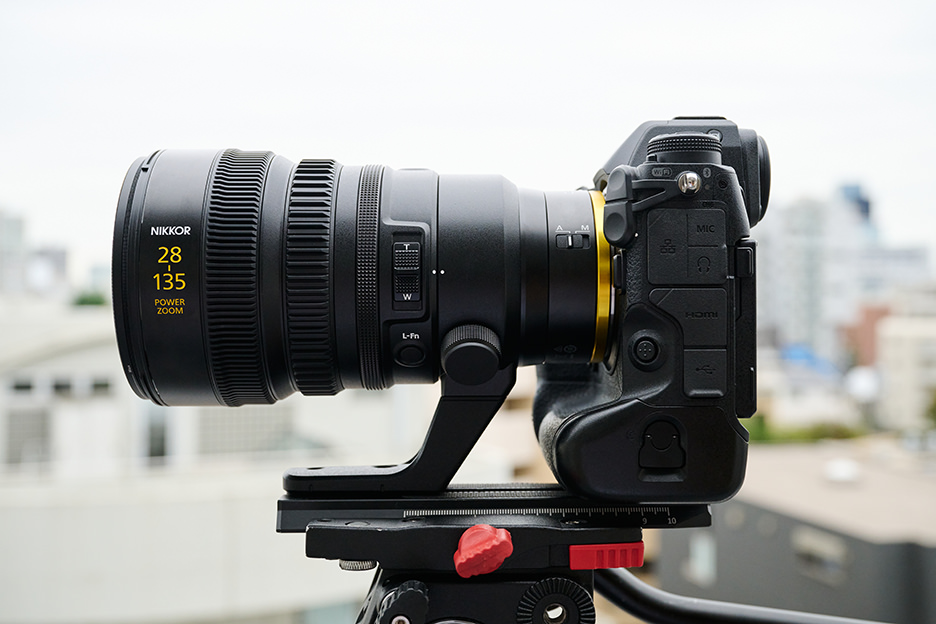
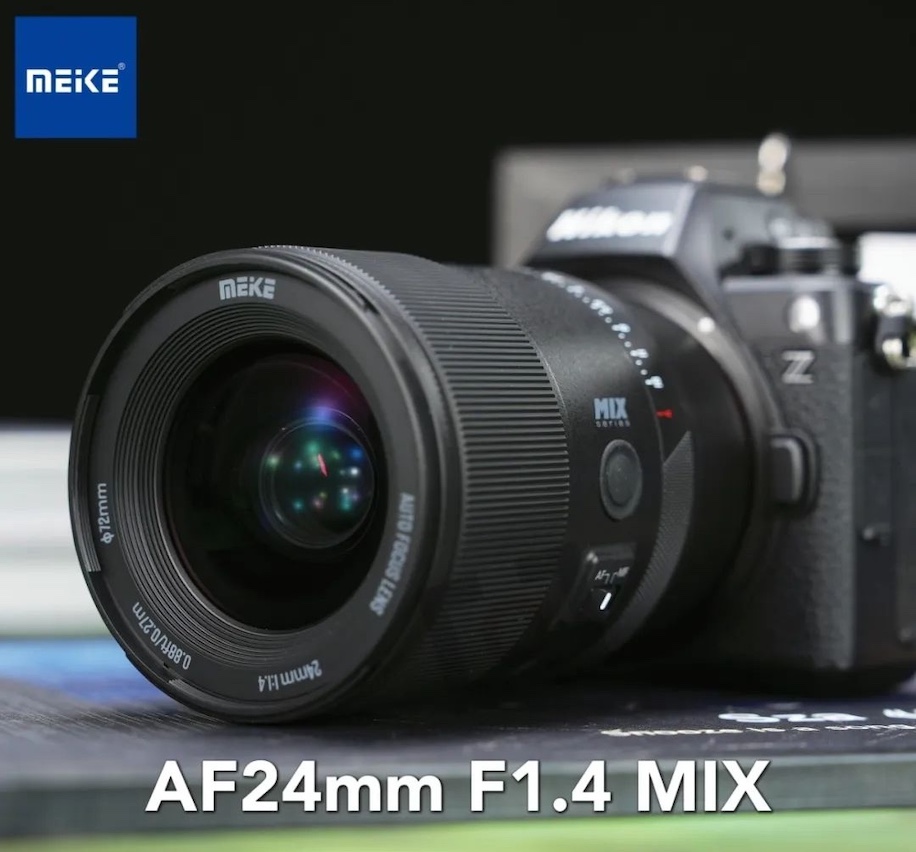


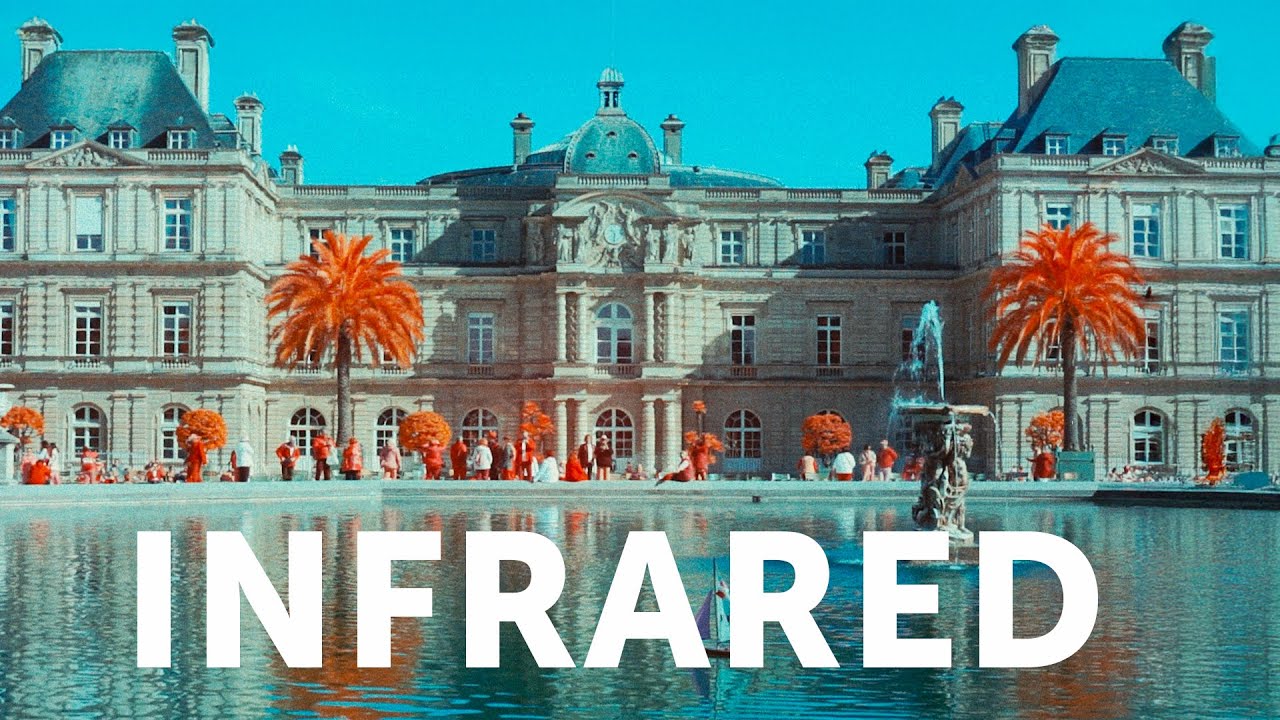
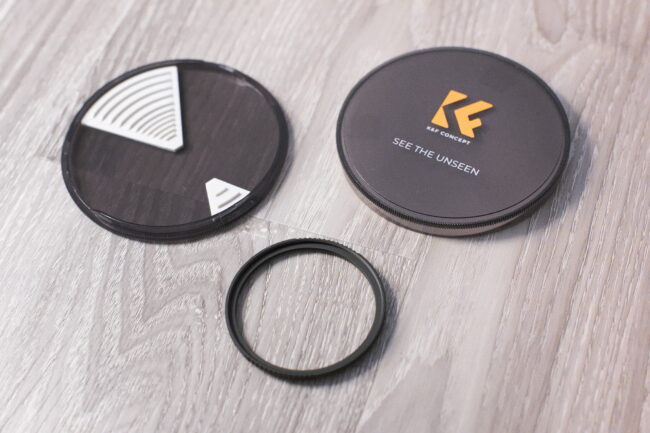














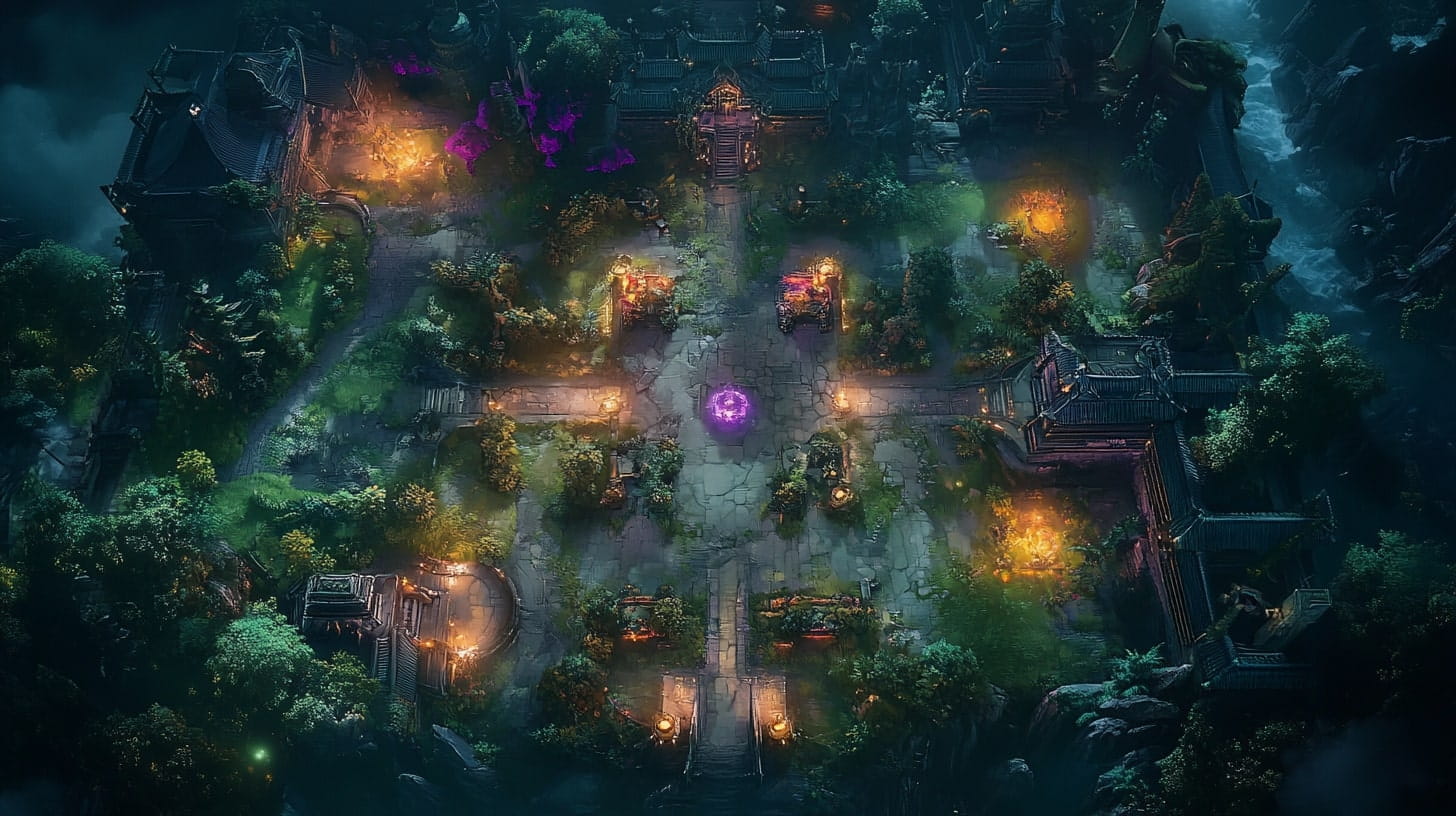
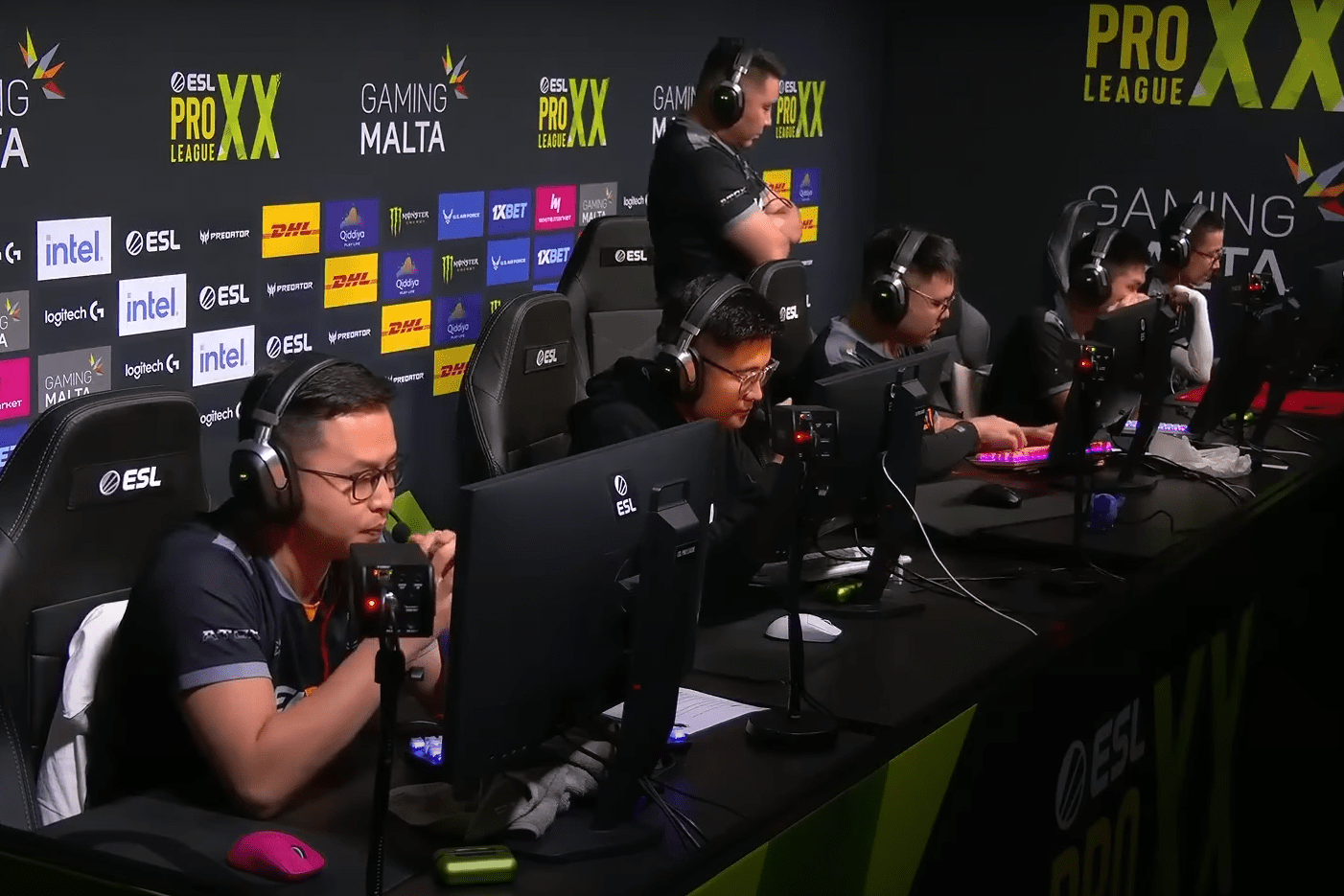
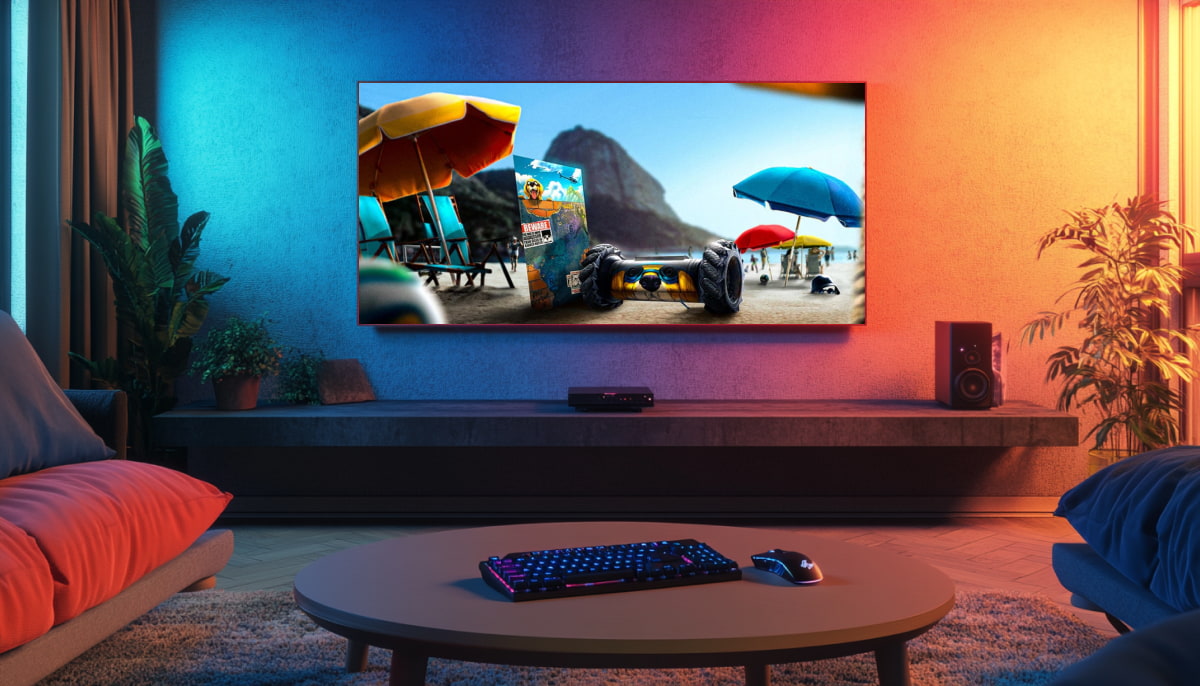














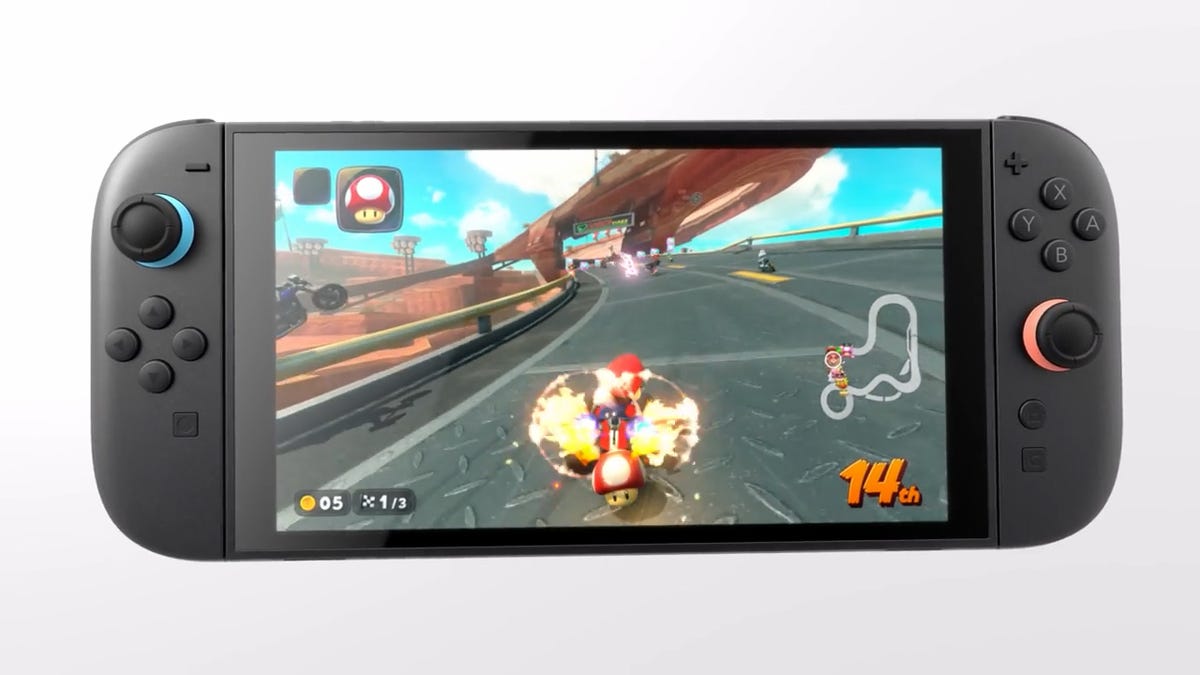
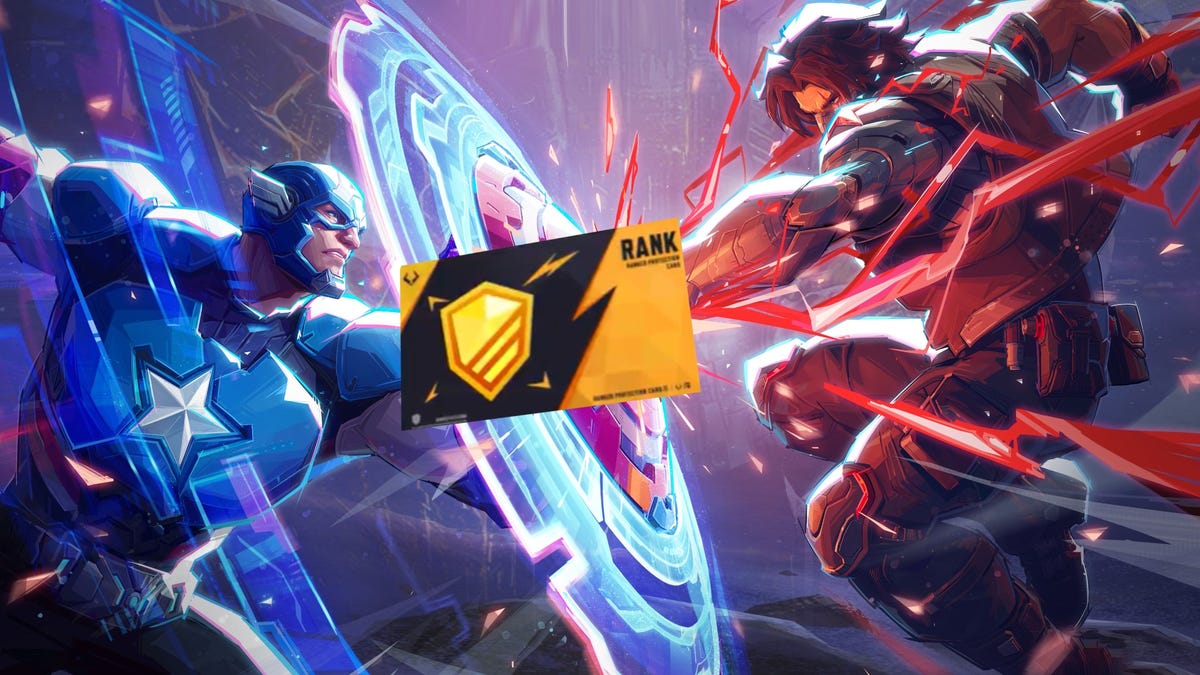
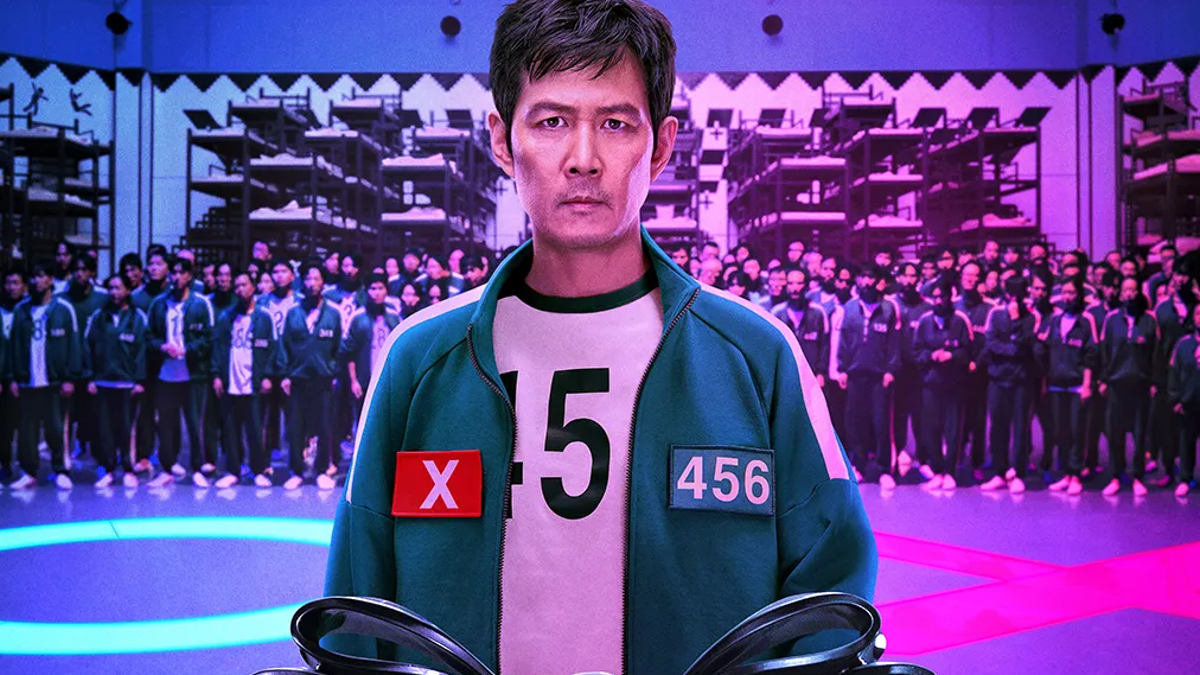













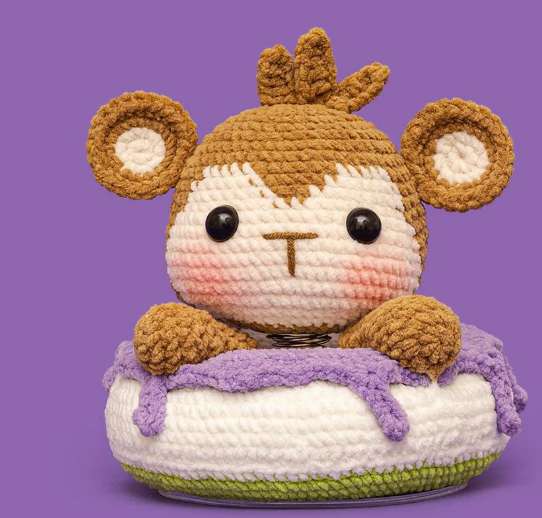

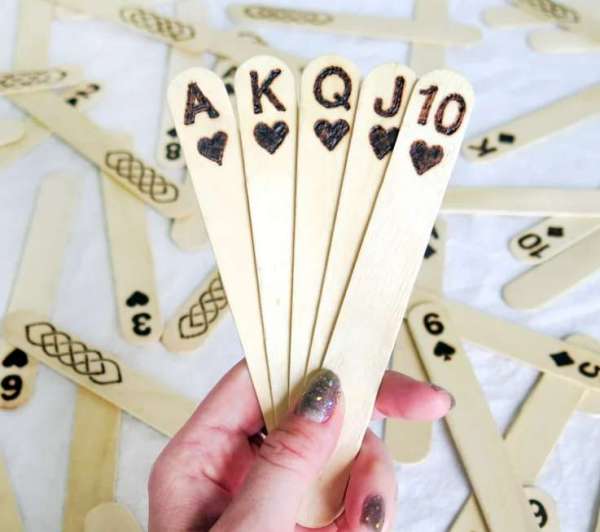
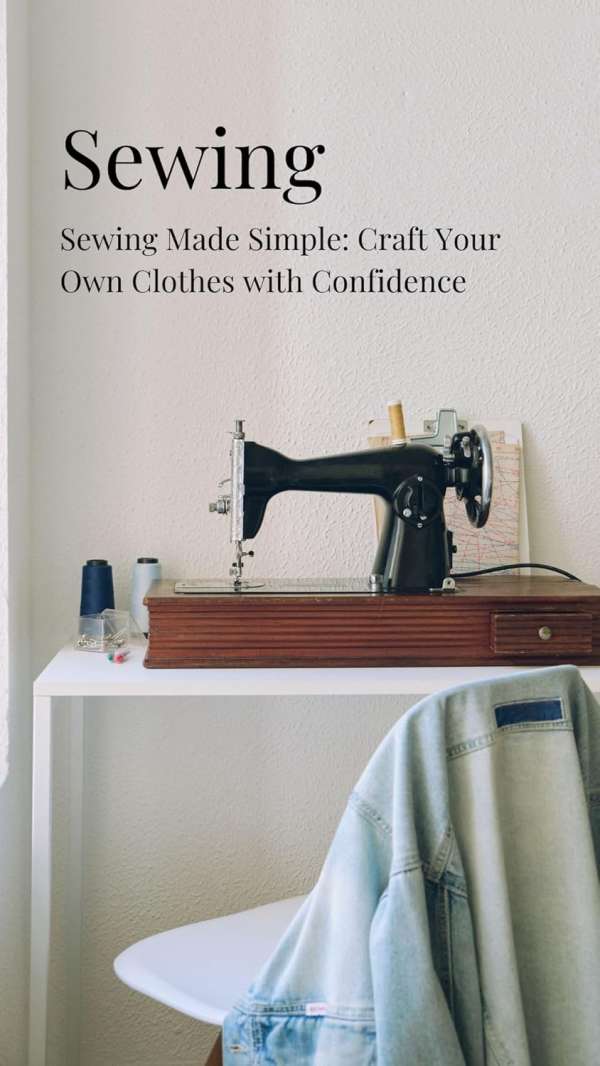









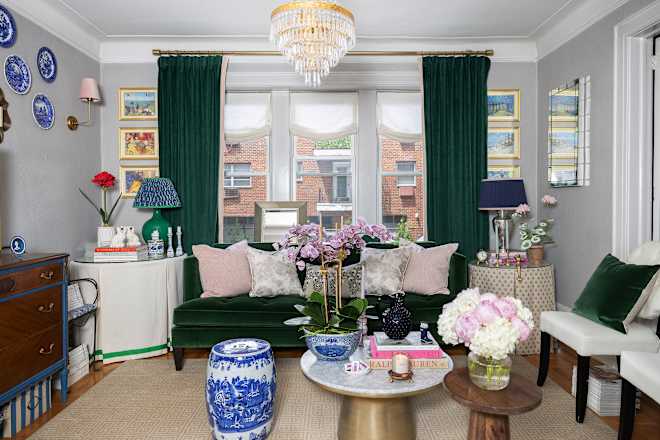











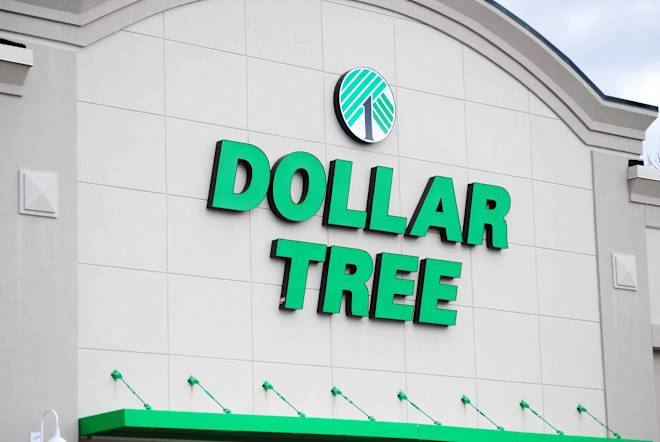



























































.jpg)


